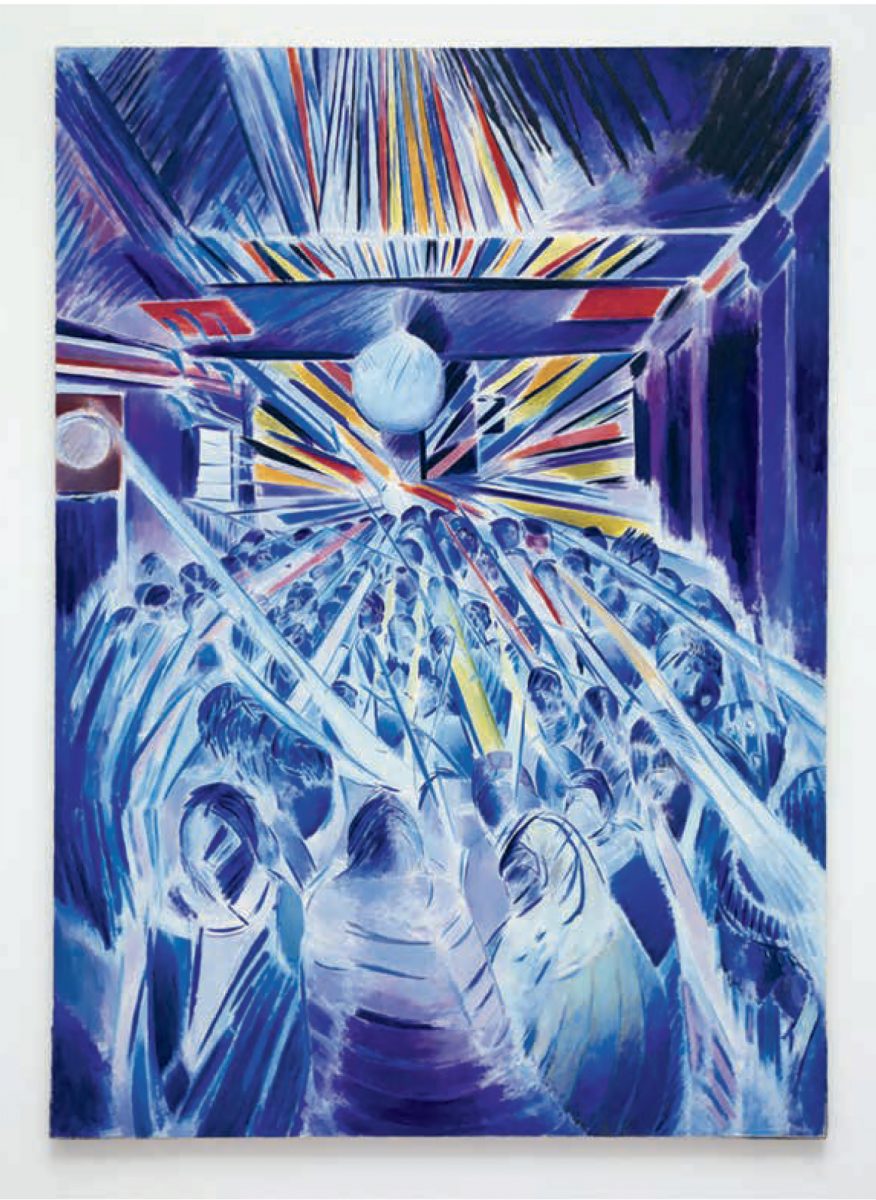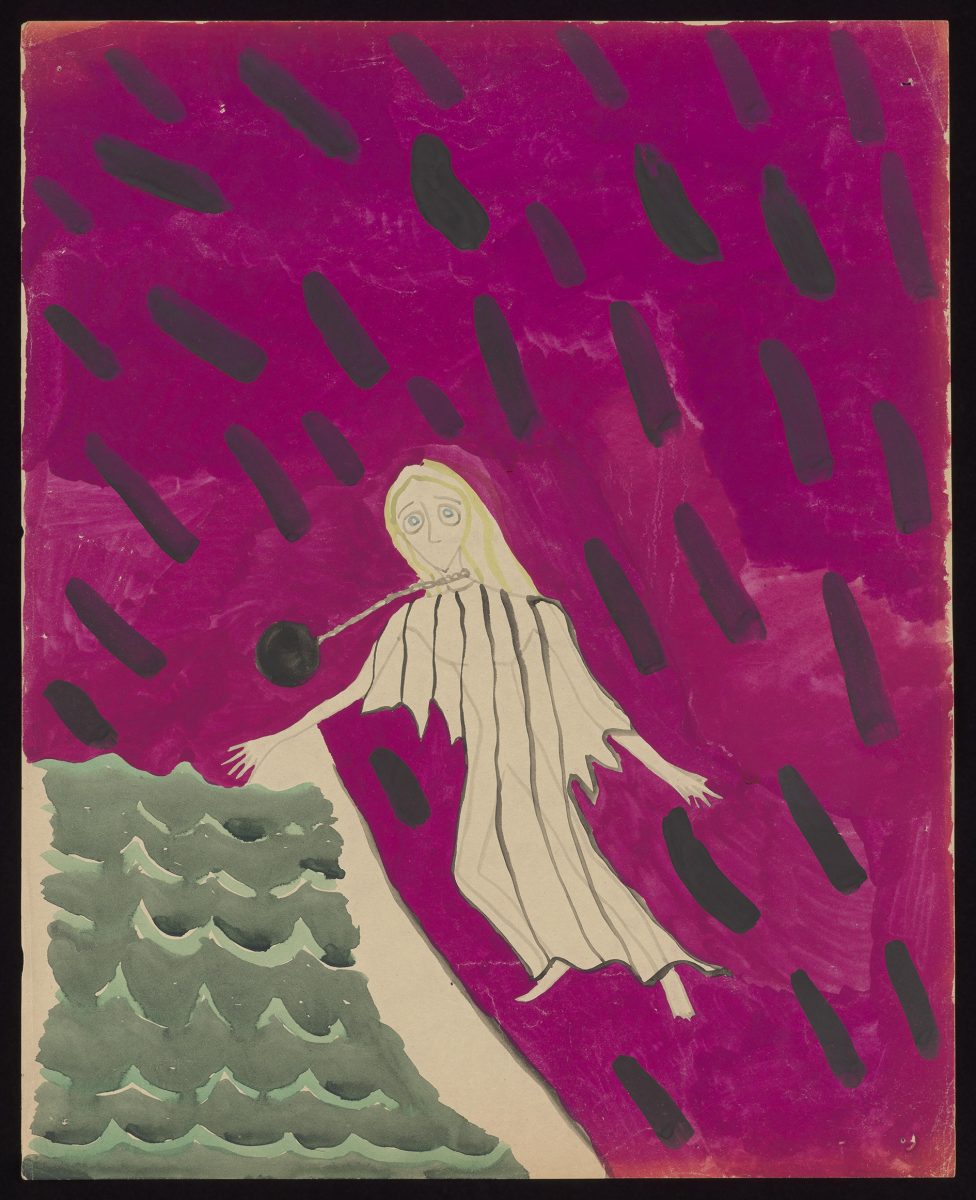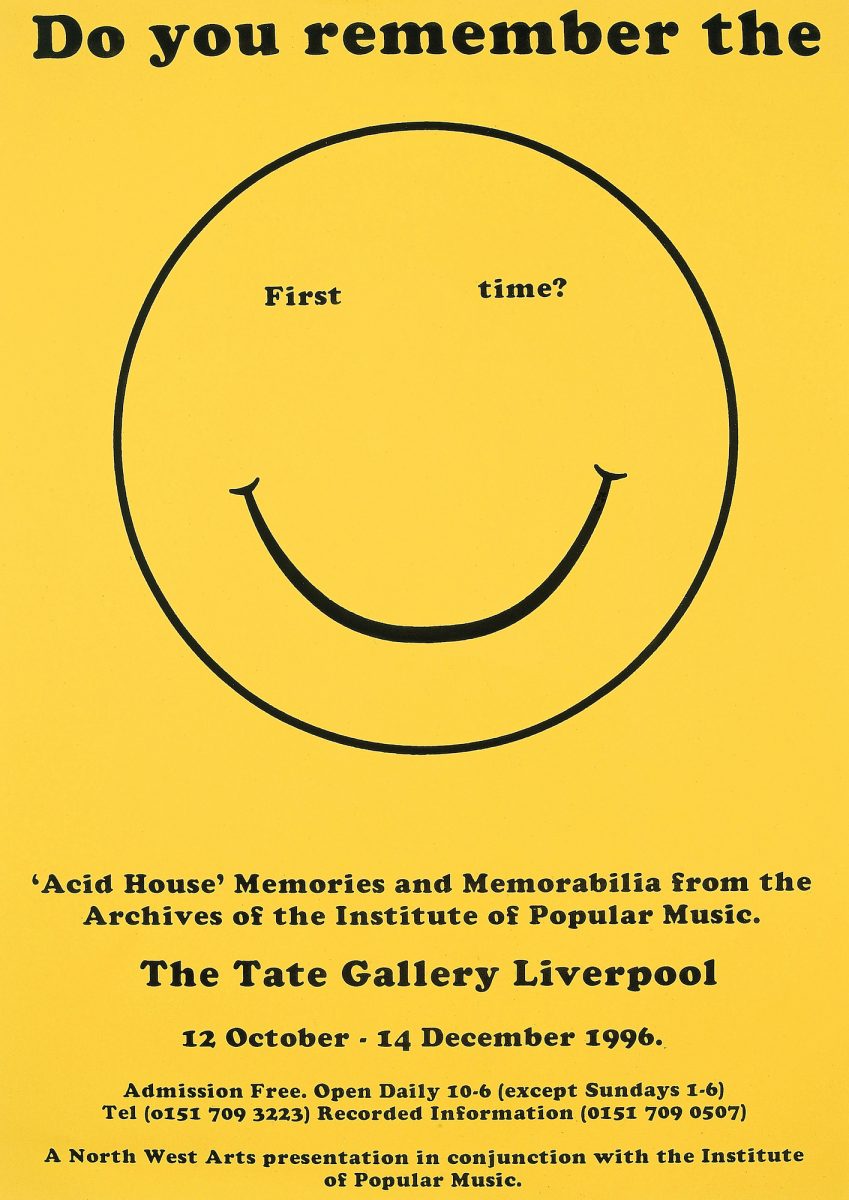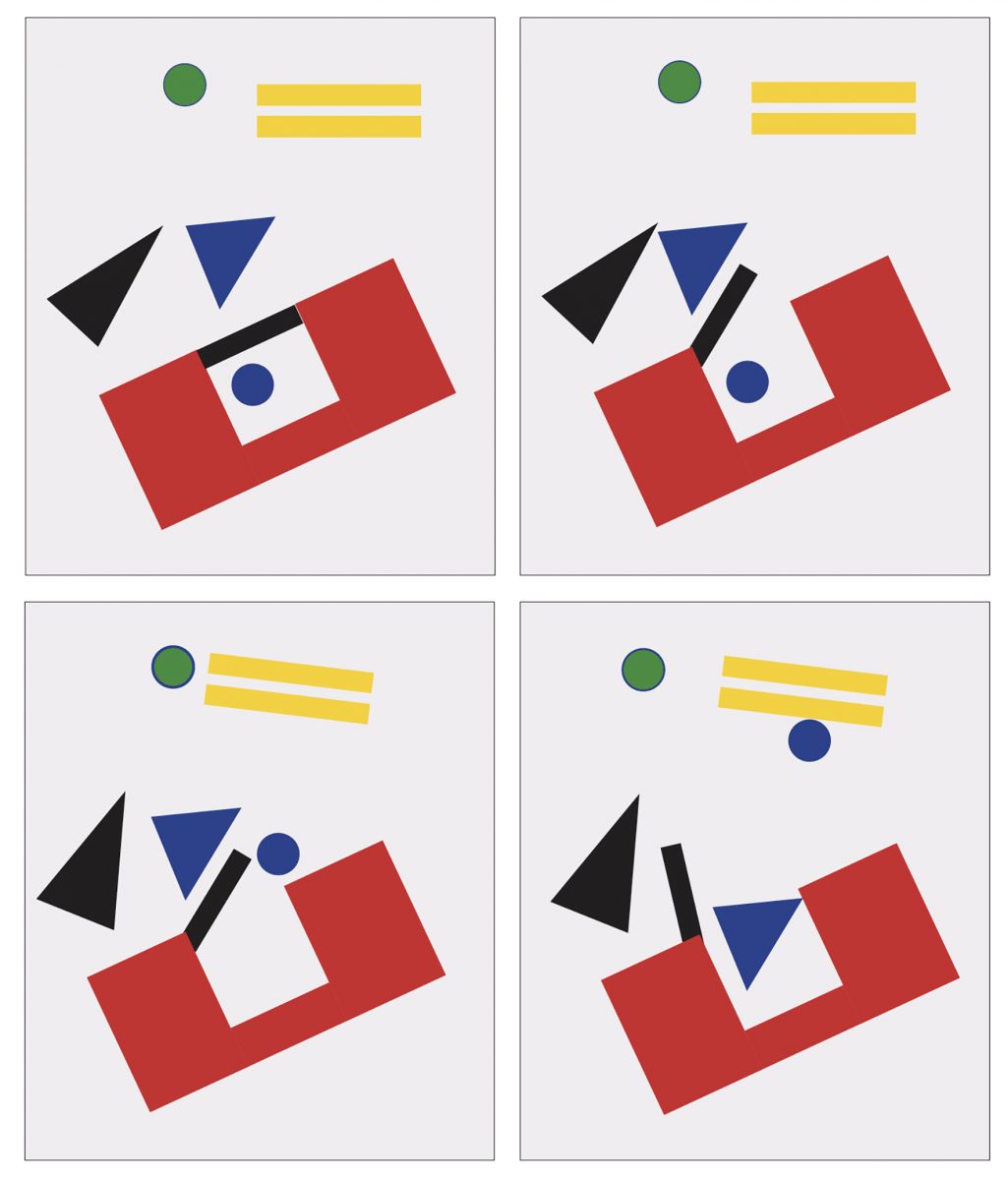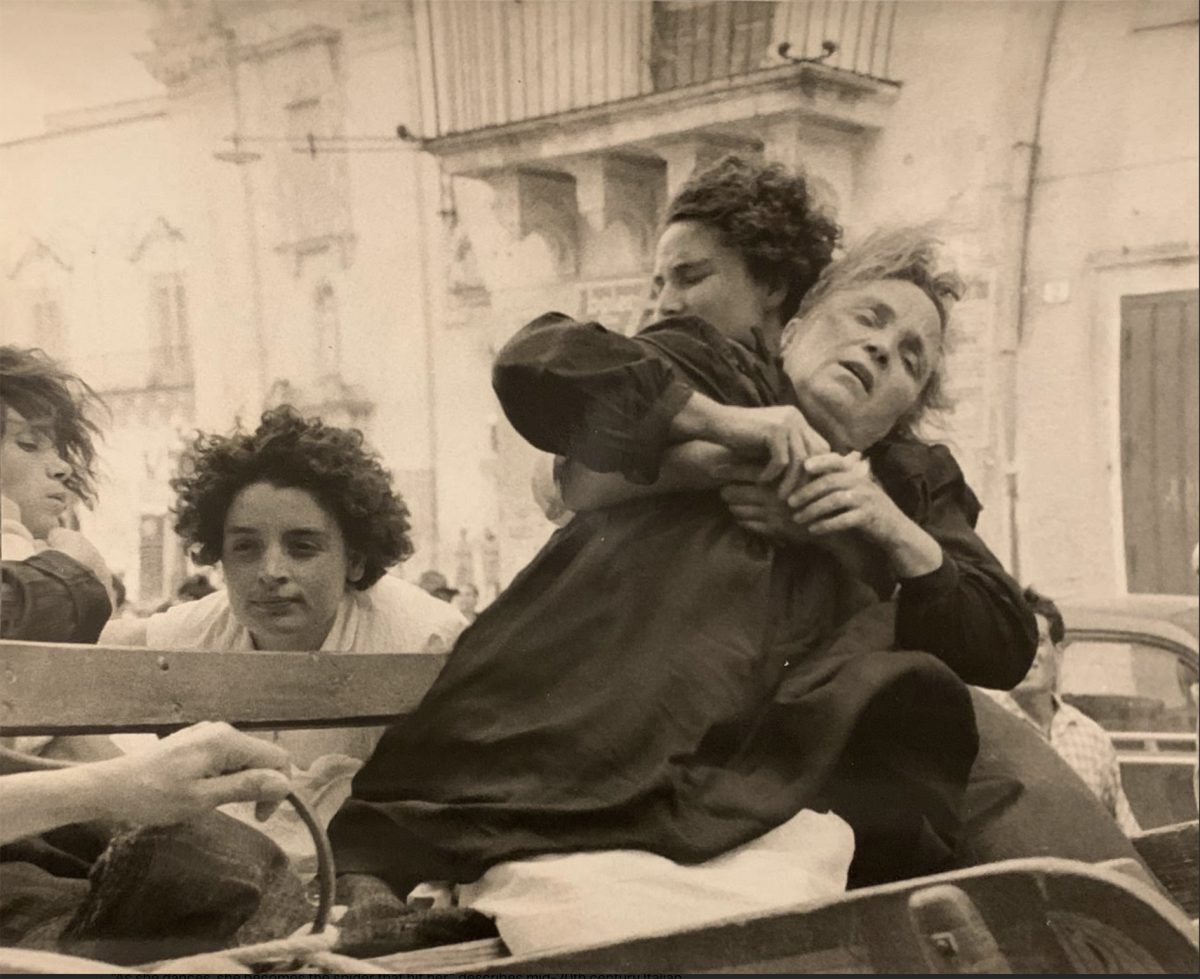
Split into five sections, Edgar Gerrard Hughes’ Book of Emotions is a scattered compendium of essays, games, tests and inquiries probing the nature of emotion via history, science, art and literature. It’s a book where John Keats sits alongside FOMO, and affect theory rubs shoulders with a study of eyes in Jordan Peele’s movie Get Out (2017).
It’s a necessary range, writes Marina Warner, President of the Royal Society of Literature, in her forward to the book. Interpreting emotion spans the spectrum of human insight: from horoscopes and cheap games to academic research across the sciences and humanities. All are here in Hughes’ book, alongside visual works by Jeremy Deller, Sam Taylor-Johnson, David Shrigley, Saul Leiter, Vincent van Gogh, Denzil Forrester and many more.
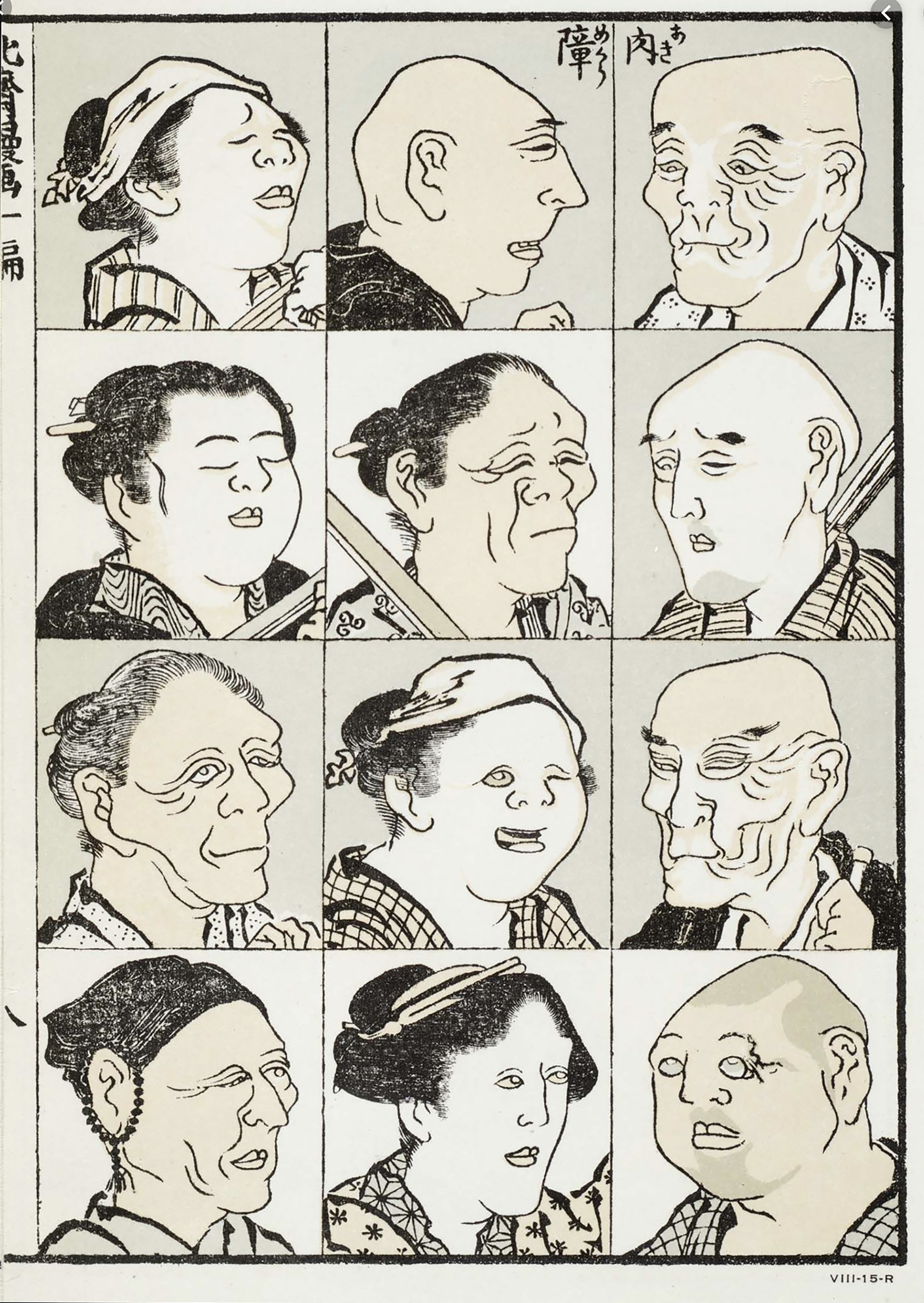
“Words are often inadequate to describe the depth or exactness of feeling, making empathy ever more evasive and valuable”
Emotions are both events and states, Warner continues, “a characteristic temperament or disposition”, which have been rendered in euphemism and metaphor throughout history. Words are often inadequate to describe the depth or exactness of feeling, making empathy ever more evasive and valuable. “Is the concept of emotion too vague and multivalent to be of real use?” Hughes wonders.
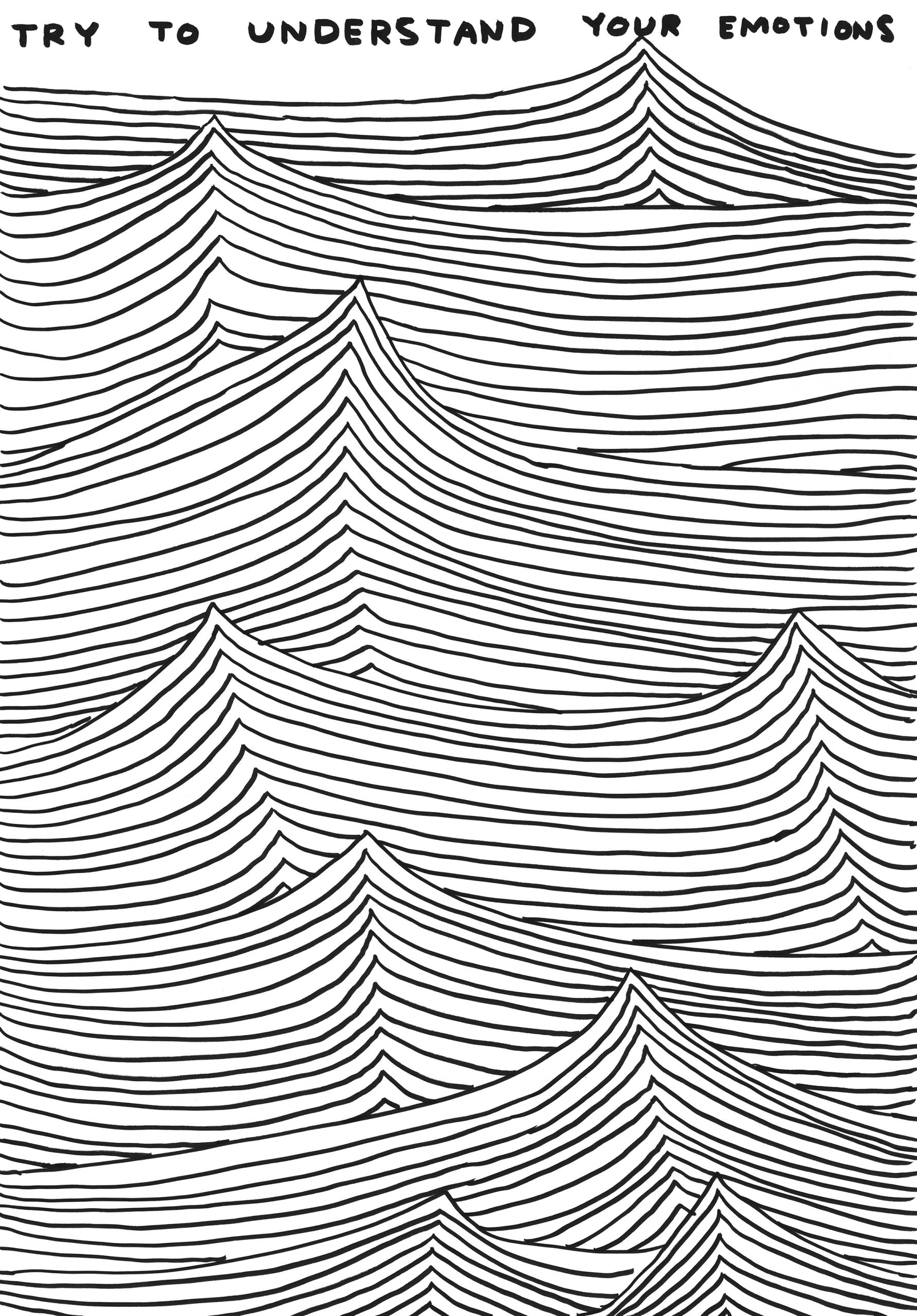
David Shrigley, Try to Understand Your Emotions, 2020
Not according to the texts that follow. Essays on the history of the emoji and psychoanalysis accompany interactive prompts such as 19 Questions to Fall Out of Love and The Overactive Empathy Test. Image-wise, Shrigley’s Untitled (Try to Understand Your Emotions) (2020) is a balm, while Maureen Scott’s paintings carry more emotion than words ever could.
One diagram shows the results from a study where scientists assessed the relationship between emotion and bodily sensation: rows of amber and blue silhouettes suggest that happiness, pride and love reside warmly in the torso, while depression, shame and sadness feel cold in our limbs. If only tracing all emotions were that easy.

